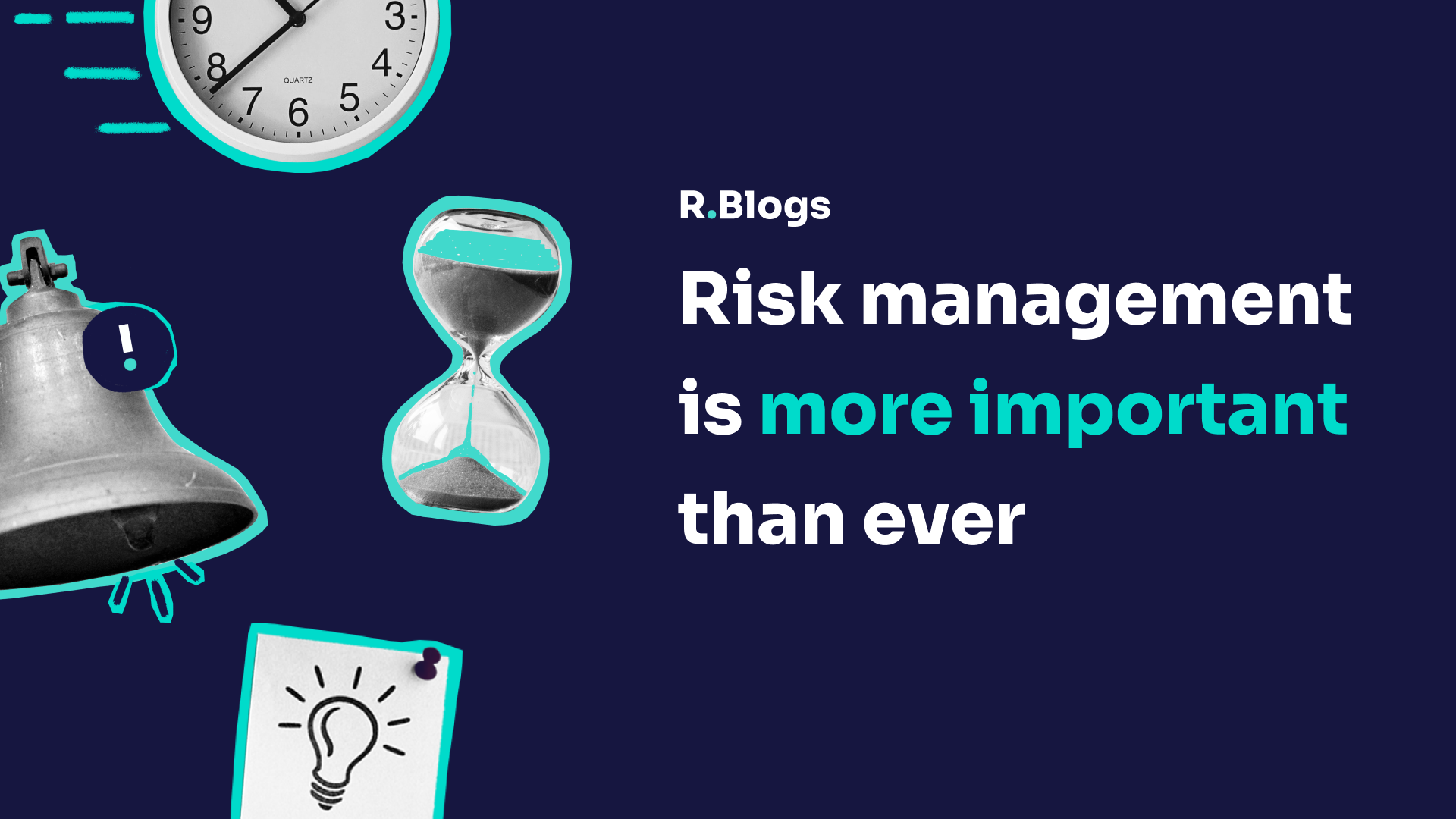Navigating the Difficulties: Understanding the Importance of Risk Management
Wiki Article
Discovering the Significance of Risk Management for Effective Decision-Making Methods
In the intricate globe of business, Risk Management becomes a crucial aspect in the decision-making procedure. The capability to recognize potential dangers and opportunities, and strategize as necessary, can spell the distinction between success and failure. With tools such as SWOT and PESTEL, organizations are outfitted to make enlightened selections, fostering strength and adaptability in an ever-changing atmosphere. Wondering just how this works? Let's unbox the characteristics even more.Understanding the Concept of Risk Management
Risk Management, a critical component in decision-making, is typically misconstrued or oversimplified. Usually, it refers to the identification, examination, and prioritization of threats to decrease, check, and control the possibility or effect of regrettable occasions. It's not just regarding stopping unfavorable results, but also concerning identifying prospective chances. Risk Management entails organized and regimented techniques, making use of information and insightful assessments. It calls for a thorough understanding of the company's context, goals, and the possible threats that might combat them. From monetary uncertainties, lawful obligations, tactical Management errors, to mishaps and natural disasters, it addresses numerous dangers. Importantly, reliable Risk Management is not stationary; it's a continuous, progressive process that evolves with transforming scenarios.The Role of Risk Management in Decision-Making Processes
In the realm of critical planning and business operations, Risk Management plays an essential duty in decision-making processes. It assists in identifying prospective hazards and uncertainties that might influence the achievement of service objectives. By tracing these dangers, business can create strategies to reduce their effect, making sure business continuity and stability. Risk Management therefore ends up being a vital device in decision-making, aiding leaders to make informed choices based on an extensive understanding of the dangers included. It urges a proactive method, allowing organizations to prepare and expect for feasible future situations. This significantly minimizes the probability of adverse effects, advertising a lot more reliable and effective decision-making strategies. Risk Management offers as an essential element in the decision-making processes of any company.
How Risk Management Enhances Strategic Planning
In the context of critical preparation, Risk Management plays an essential function. Starting with the identification of possible dangers, it even more encompasses the execution of Risk reduction measures. The function of Risk Management is vibrant however not static, as it requires continuous monitoring and adjusting of approaches.Determining Potential Dangers

Carrying Out Risk Mitigation
Having established the value of recognizing possible threats, the following action is to check out Risk mitigation. This process includes establishing and carrying out methods to handle determined dangers successfully. It is a vital element of calculated planning as it improves decision-making by decreasing prospective negative results. Risk mitigation techniques can range from Risk evasion, Risk transfer, to risk decrease. Each approach must be tailored to the particular Risk, considering its possible effect and the organization's Risk resistance. Efficient Risk mitigation requires a deep understanding of the Risk landscape and the prospective effect of each Risk. This understanding makes it possible for organizations to focus on threats and designate resources efficiently, guaranteeing that the most considerable risks are resolved initially.Surveillance and Adjusting Approaches
Though Risk mitigation is an essential step in strategic preparation, continual tracking and modification of these methods is similarly essential. It also provides a possibility to review the success of the Risk Management procedures, enabling modifications to be made where necessary, further boosting calculated planning. Monitoring and readjusting Risk Management approaches is an essential element for enhancing an organization's strength and calculated planning.Case Studies: Successful Risk Management and Decision-Making
Worldwide of service and financing, successful Risk Management and decision-making commonly work as the columns of flourishing business. One such entity is a multinational oil company that mitigated economic loss by hedging versus varying oil prices. In another instance, a technology start-up flourished by identifying and approving risky, high-reward techniques in a volatile market. An international bank, confronted with regulative uncertainties, successfully browsed the circumstance through aggressive Risk analysis and vibrant decision-making. These cases highlight the worth of sharp Risk Management in decision-making procedures. It is not the lack of Risk, but the Management of it, that frequently differentiates effective business from unsuccessful ones. These cases underscore the vital function of Risk Management in tactical decision-making. importance of risk management.Devices and Techniques for Efficient Risk Management
These devices, such as Risk registers and warm maps, aid in determining and examining prospective threats. Risk action methods, a crucial element of Risk Management, involve accepting, staying clear of, moving, or mitigating dangers. With these tools and methods, decision-makers can browse the facility landscape of Risk Management, thereby facilitating informed and reliable decision-making.Future Trends in Risk Management and Decision-Making Techniques
As we discover the vast landscape of Risk Management, it comes to be noticeable that the devices and techniques made use of today will proceed to progress. The principle of Risk society, where every participant of an organization is conscious and included in Risk Management, will certainly get extra prestige. These patterns herald an even more aggressive and inclusive method in the direction of Risk Management and decision-making.Conclusion

Risk Management therefore comes to be a vital tool in decision-making, assisting leaders to make informed options based on an visit this site extensive understanding of the dangers included. Risk reduction methods can vary from Risk avoidance, Risk transfer, to risk decrease (importance of risk management). Reliable Risk reduction requires a deep understanding of the Risk landscape and the potential influence of each Risk. Risk response techniques, a vital component of Risk Management, involve approving, staying clear of, moving, or mitigating risks. The principle of Risk society, where every participant of a company is mindful and included in Risk Management, will gain much more prestige
Report this wiki page